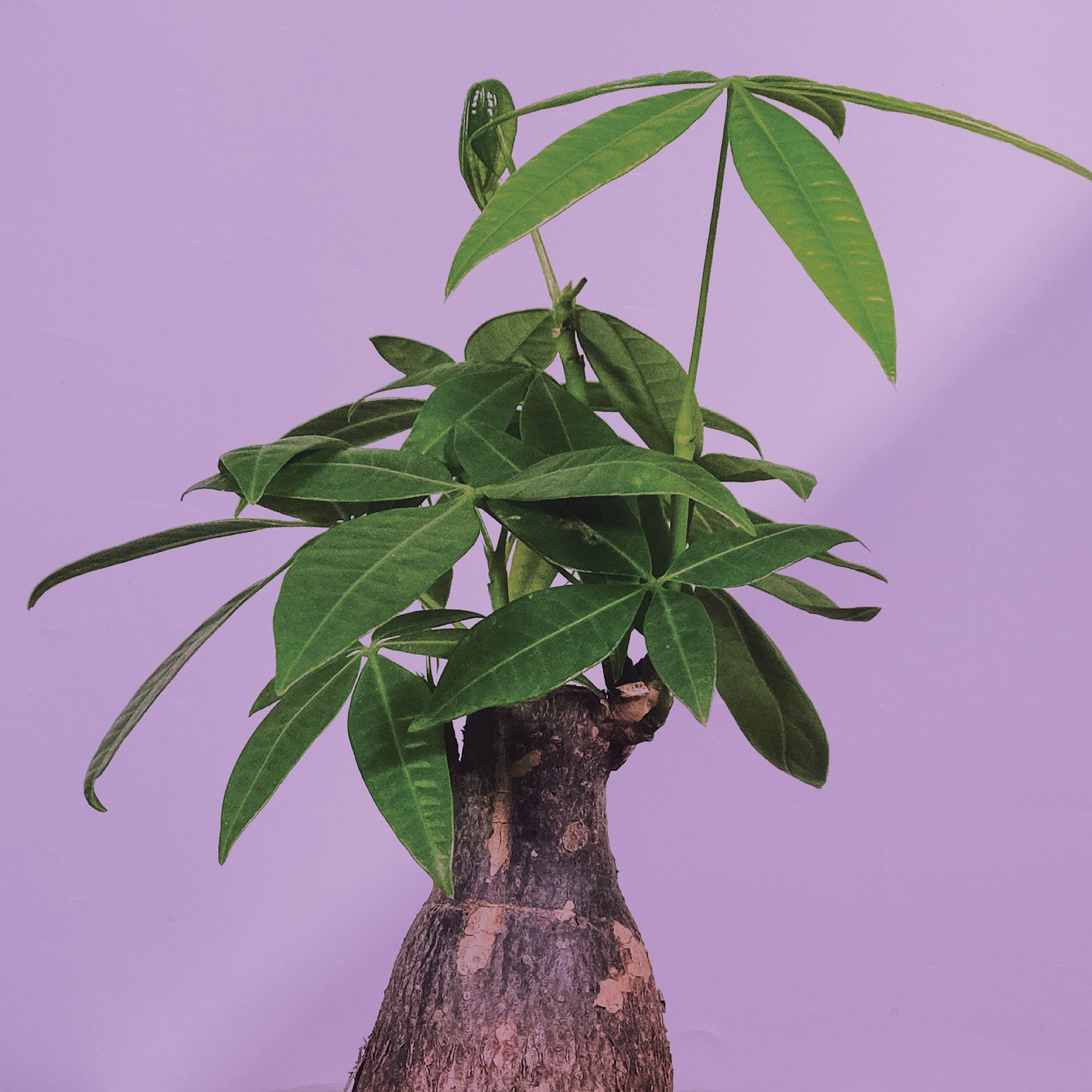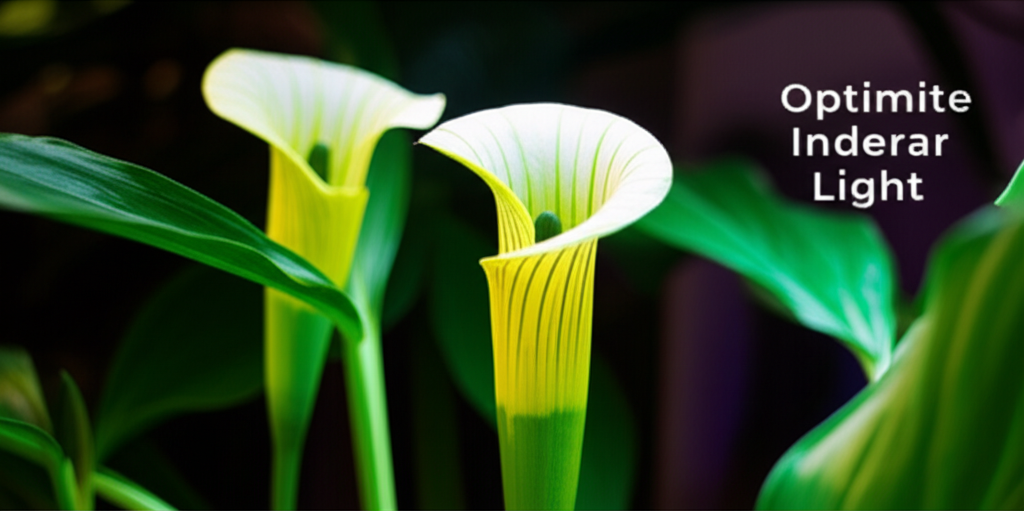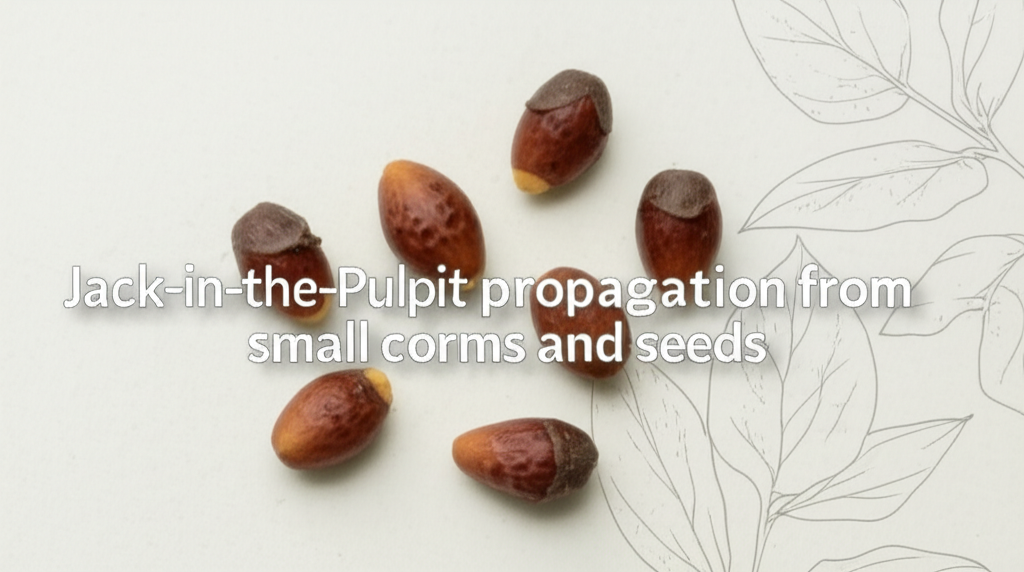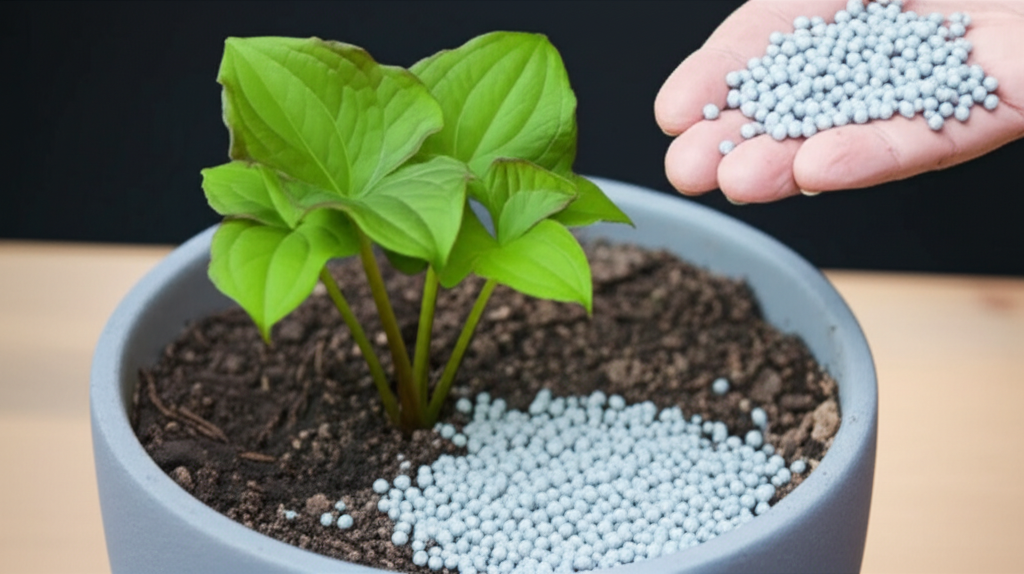Water your money plant when the top 1-2 inches of soil feel dry to the touch. Avoid overwatering which can lead to root rot.
Money plants are some of the easiest plants to grow and care for, both indoors and outdoors. One of the most critical factors that contribute to the well-being of your money plant is watering. Neglecting or overwatering the money plant can lead to detrimental effects.
Hence, it is essential to know the right time to water your plant to keep it healthy and green. Find out everything you need to know about watering your money plant, including how often, how to water, and what to watch out for. With these tips, you’re sure to keep your money plant thriving.

Credit: www.goodhousekeeping.com
Understanding The Money Plant’S Watering Requirements
Money plants are a popular choice when it comes to indoor plants. They are hardy, beautiful, and believed to bring good luck and prosperity. However, when it comes to watering, money plants have specific requirements that you need to know to keep them healthy.
In this section, we’ll cover the watering frequency, the duration, and the importance of soil drainage and moisture levels.
Watering Frequency
Money plants need to be watered regularly, but not too much. Watering frequency depends on environmental factors such as temperature, humidity, and soil type. Here are some tips on how often to water your money plant:
- Water your money plant when the soil becomes dry to the touch. You can test soil moisture using your finger or a moisture meter.
- Generally, money plants thrive on weekly watering during the growing season (spring and summer) and less frequent watering during the dormant season (fall and winter).
- You can adjust the watering frequency depending on the season, temperature, and humidity level. During hot summers, you may need to water your money plant more frequently, while during cold winters, less watering may be necessary.
- Overwatering can cause root rot, so make sure to avoid watering too often.
Watering Duration
In addition to frequency, the duration of watering is also important for the health of your money plant. Here are some pointers on how long to water your money plant:
- Water your money plant until the soil is moist but not saturated. Overwatering can cause root rot, which is fatal to the plant.
- You can water your money plant in two ways: From the top or from the bottom. When watering from the top, make sure to give the plant enough water to saturate the soil fully. When watering from the bottom, let the plant soak up the water for 15-30 minutes but do not let it sit in the water for too long.
- Watering duration also depends on the season and temperature. During the hot summer season, you may need to water your plant for longer durations, while during the cool winter months, shorter watering durations may be sufficient.
The Significance Of Soil Drainage And Moisture Levels
Soil drainage and moisture levels are critical when it comes to money plant care. Here’s what to keep in mind:
- Money plants require well-draining soil that allows excess water to flow out easily. You can achieve good soil drainage by mixing organic matter such as perlite or vermiculite into the soil.
- Poor soil drainage can lead to waterlogging and root rot, which can damage or kill your money plant. Make sure the soil dries out between watering to prevent waterlogging.
- Ensure the soil remains slightly moist, but not too wet. Money plants prefer a soil moisture level of around 50%.
- Monitor soil moisture levels regularly, and adjust watering frequency and duration accordingly.
Proper watering is essential when it comes to the health of your money plant. Following these tips will ensure your plant thrives and brings good luck and prosperity to your home or office.
When Is The Best Time To Water Your Money Plant?
Money plants are popular for their lush, green foliage and easy-to-care-for nature. Watering is crucial to keep them thriving, but the question is, when is the best time to water your money plant? In this post, we’ll explore seasonal watering requirements, the best time of day to water your plant, and how weather conditions can impact your plant’s water needs.
Seasonal Watering Requirements
Money plants have different watering requirements depending on the season. In general, they’re more thirsty during their growing season in spring and summer and need less water during fall and winter. Here are some guidelines for watering your money plant throughout the year:
- Spring: Increase watering frequency as temperatures rise and the plant enters its growing period.
- Summer: Water your money plant deeply and more frequently to keep the soil consistently moist.
- Fall: Reduce watering as temperatures cool down. Allow the top inch of soil to dry before watering.
- Winter: Water sparingly in the winter. Let the soil dry between watering as the plant’s growth slows down.
Time Of The Day To Water
Timing is key when it comes to watering your money plant. The best time to water is early in the morning or late in the afternoon, when temperatures are cooler and the sun is less intense. Avoid watering during the hottest part of the day when the water can evaporate quickly, and avoid watering at night to prevent overwatering and fungal growth.
The Impact Of Weather Conditions
Weather conditions can also affect how often and how much you should water your money plant. High temperatures, low humidity, and windy conditions can cause the soil to dry out more quickly, while cool temperatures and high humidity can slow down the plant’s water uptake.
Here are some tips to adjust your watering schedule based on weather conditions:
- Hot and dry weather: Water more frequently and monitor the soil moisture level.
- Cold and humid weather: Reduce watering frequency and let the soil dry between watering to prevent root rot.
- Windy weather: Check the soil moisture level and adjust watering as needed to prevent water loss through evaporation.
Remember to always check the soil moisture level before watering your money plant, as overwatering is one of the most common causes of plant problems. With these tips, you can keep your money plant healthy and thriving all year round.
Signs That Your Money Plant Needs Water
Money plants, also known as pachira aquatica, are popular houseplants because they are easy to care for and add a touch of greenery to your home. However, it is essential to know when to water your plant to keep it healthy and thriving.
Here are the signs that your money plant needs water.
Visible Changes In The Plant’S Appearance
One of the most obvious signs that your money plant needs water is visible changes in its appearance. Here are some changes you should look out for:
- Droopy leaves: If the leaves of your money plant are drooping, it is a clear indication that your plant needs water.
- Yellowing leaves: If the leaves of your money plant are turning yellow, it may be a sign that your plant is not receiving enough water.
Soil Moisture Levels
Monitoring the moisture level of your money plant’s soil is crucial to keep it healthy. Here are some key points to keep in mind:
- Check the top soil: To determine the moisture level of your money plant’s soil, you can touch the top of the soil to see if it feels dry. If it is very dry, your plant needs water.
- Stick your finger: Another way to check soil moisture is by sticking your finger in the soil. If it feels dry about an inch below the surface, it’s time to water your plant.
Dryness Test
It’s essential to conduct a dryness test to ensure that your plant is getting enough water. Here’s how you can do it:
- Check the weight: Pick up your money plant and feel its weight. If it feels light, it’s a sign that it needs water.
- Insert a skewer: Insert a skewer or a chopstick in the soil and leave it there for about 15 minutes. After that, take it out and touch it. If it feels dry, it’s time to water your plant.
Taking care of your money plant is not complicated. By following these simple tips, you can ensure that your plant is getting enough water to stay healthy and vibrant. Remember to water your plant regularly, but don’t overwater it. With proper care, your money plant will grow and thrive for years to come.
Mistakes To Avoid While Watering Your Money Plant
Your beautiful money plant needs regular watering, but do you know the best way to do it? Avoiding these common mistakes can help keep your plant healthy and thriving.
Over-Watering
Over-watering is one of the most common mistakes made when watering money plants. Here are some things to consider:
- Over-watering can lead to root rot and other fungal diseases that can damage or kill your money plant.
- Check the soil moisture level before watering. If the soil is moist, wait a few more days before watering again.
- Make sure your pot has good drainage and avoid leaving excess water in the saucer.
Under-Watering
On the other hand, under-watering can also be detrimental to your money plant’s health. Here are some tips to avoid this mistake:
- Check the soil moisture level frequently, and water your plant when the soil feels dry to the touch.
- Don’t wait until your plant starts to wilt before watering it, as this could indicate that the plant has become severely dehydrated.
- Make sure you water your plant thoroughly, allowing water to reach all parts of the root system.
Watering With The Wrong Tool
Watering with the wrong tool can also be a mistake. Here’s what you need to know:
- Always use a watering can with a long and slender spout, which allows you to direct the flow of water where it’s needed and avoid splashing on the leaves.
- Avoid using a spray bottle or a watering device that’s too forceful, as this could damage or dislodge your plant.
Watering With The Wrong Amount Of Water
Watering with the wrong amount of water can also be a mistake. Here’s what you should consider:
- The amount of water your money plant needs depends on factors such as the size of the pot, the type of soil, and the temperature and humidity of the environment.
- A general rule of thumb is to water until the excess water drains out of the bottom of the pot and into the saucer. Then, wait until the top inch or so of soil feels dry before watering again.
- Be careful not to give your plant too much water, as this can lead to waterlogging and root rot.
Keep these tips in mind and enjoy a healthy and thriving money plant in your home!
Frequently Asked Questions For Best Time To Water Money Plant
When Is The Best Time To Water A Money Plant?
The best time to water a money plant is when the top inch of soil feels dry to the touch. Overwatering can lead to root rot, so it’s important to allow the soil to partially dry out before watering again.
Generally, watering once a week is sufficient.
Is It Okay To Mist A Money Plant?
Yes, misting a money plant can help increase humidity levels around the plant, which is beneficial to its growth. However, make sure to only mist the leaves and not the soil, as overwatering can lead to root rot.
How Much Water Does A Money Plant Need?
A money plant needs enough water to keep its soil consistently moist, but not waterlogged. This can vary depending on factors like temperature, humidity, and the size of the plant. Generally, watering once a week with enough water to saturate the soil is sufficient.
Conclusion
To sum up, watering a money plant regularly is essential for its growth and survival. However, it is crucial to consider the best time to water it. Watering early in the morning or late in the evening is the ideal time as the plant is able to absorb water better during these periods.
It is important to pay attention to the soil moisture levels and avoid overwatering or underwatering, both of which can be detrimental to the plant’s health. Factors such as the humidity level, temperature, and sunlight exposure can also affect the watering needs of the money plant.
By following these tips and regularly checking the soil moisture levels, you can ensure that your money plant thrives and flourishes, adding to the beauty of your living space with its lush green leaves and aerial roots.



